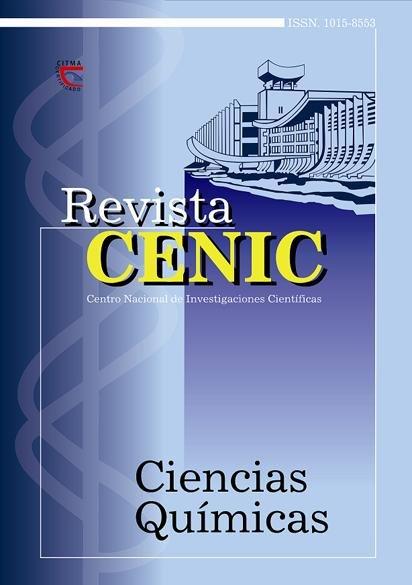Elemental determination of steels by Atomic Emission Spectroscopy
Abstract
Elemental steels' determinations have fulfilled Atomic Emission Spectrometry using PV 8020 Philips Spectrometer. Some fundamental instrumental variables such as exposition and pre-burn times together with inductance (L) and capacitance (C) values excitation source's and argon flux were selected according with a convenient combination of single and multivariate performed experiments. An interesting dependence between intensity change of analytical signal and total energy excitation of the elements was obtained during Ar flux optimization. This dependence was explained through the energy transfer process in the case of C, S, P, Ti, Fe, Ni and Cr. Energy has transferred from the excited (metastable and ionized) argon atoms to atoms of elements by means of second kind collisions (inelastic collisions). The other studied elements (Si, Mo and Mn) show a different behavior, which may be due to the existence of another complex process simultaneously occurring in the plasma like the known matrix effect between components of sample. Analytical procedure for determination of S, P, C, Si, Cr, Mn, Ni, and Mo in alloyed steels has developed. The exactitude was checked by comparing results obtained with this procedure and those on the same sample in other laboratory or reported values in analyzed certified steel material. Significant differences were not observed. The reproducibility, evaluated as relative standard deviation of concentration, was between 0.7 and 11 % according to a determined element.

Downloads
Published
How to Cite
Issue
Section
License
Copyright (c) 2022 NATIONAL CENTER FOR SCIENTIFIC RESEARCH (CENIC) CHEMICAL SCIENCES JOURNAL

This work is licensed under a Creative Commons Attribution-NonCommercial-ShareAlike 4.0 International License.
Los autores que publican en esta revista están de acuerdo con los siguientes términos:
Los autores conservan los derechos de autor y garantizan a la revista el derecho de ser la primera publicación del trabajo al igual que licenciado bajo una Creative Commons Atribución-NoComercial-CompartirIgual 4.0 que permite a otros compartir el trabajo con un reconocimiento de la autoría del trabajo y la publicación inicial en esta revista.
Los autores pueden establecer por separado acuerdos adicionales para la distribución no exclusiva de la versión de la obra publicada en la revista (por ejemplo, situarlo en un repositorio institucional o publicarlo en un libro), con un reconocimiento de su publicación inicial en esta revista.
Se permite y se anima a los autores a difundir sus trabajos electrónicamente (por ejemplo, en repositorios institucionales o en su propio sitio web) antes y durante el proceso de envío, ya que puede dar lugar a intercambios productivos, así como a una citación más temprana y mayor de los trabajos publicados (Véase The Effect of Open Access) (en inglés).













